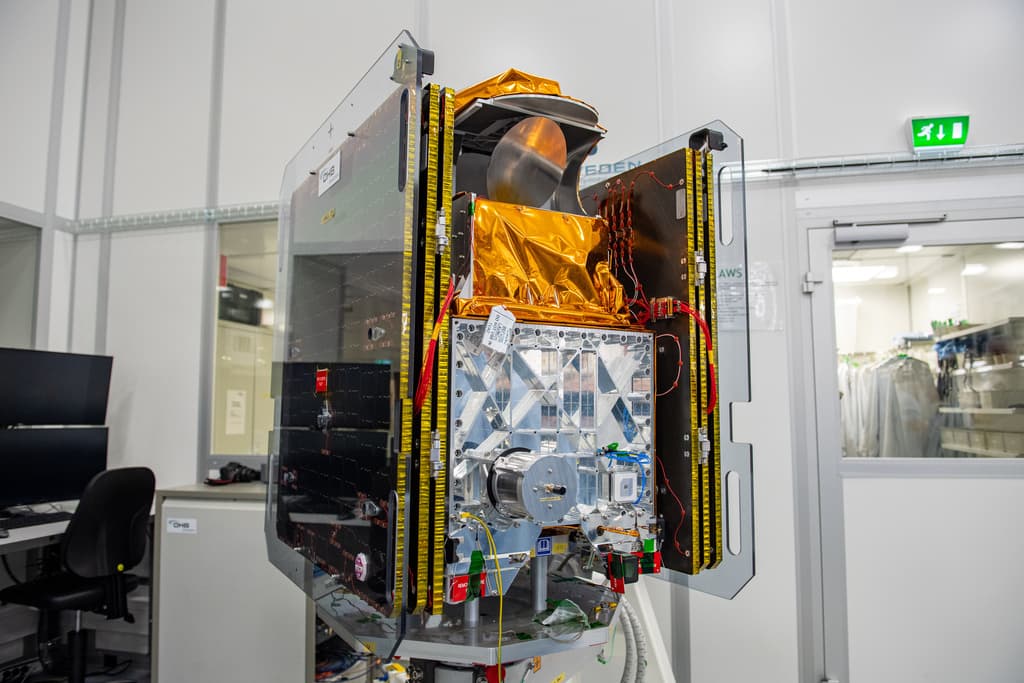On Saturday morning, several media outlets reported on a mysterious light seen in the sky during the night.
It was about a part of a rocket that fell back to Earth, according to TV4. The rocket had launched the new satellite on Friday evening.
It is now in an orbit that passes both the Arctic and Antarctica, which is rare.
"The Arctic Weather Satellite will make a lap around the Earth in one and a half hours, which means it will circle the poles several times a day. This makes it not only produce entirely new types of weather data but also much more frequent such data", says Johan Marcopoulos, communications officer at the Space Agency, in a press release.
By collecting data on, among other things, humidity and temperature variations in clouds, meteorologists will in turn be able to make more accurate weather forecasts.
Climate researchers also benefit from the information in the clouds. By measuring the amount of ice crystals and water droplets, they can determine how much radiation is reflected back, which affects global warming.
The satellite will send information to, among others, the Swedish Meteorological and Hydrological Institute (SMHI) in Norrköping.
Launched on August 16 at 20:56 Swedish time, from Vandenberg in California, USA.
The satellite is approximately the size of a dishwasher, 110x70x80 centimeters, and weighs 120 kilograms.
The satellite is in a so-called polar orbit, i.e., over the Arctic and Antarctica. It is 600 kilometers from the Earth, which is a low altitude compared to other satellites.
The project is financed by the European Space Agency (ESA).
Source: The Space Agency





